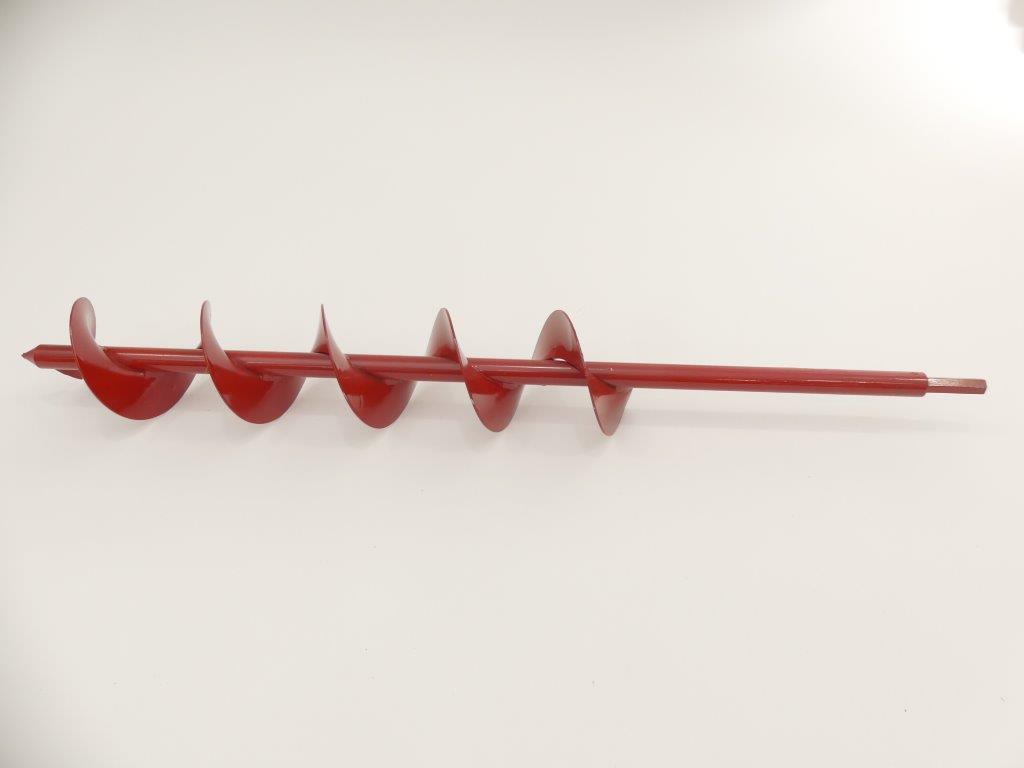Advice for Planting Seedlings

Advice for Planting Seedlings
The reader has not forgotten, of course, that plants as well as seeds must go into the well managed garden. We have already mentioned the hardening-off process to which they must be subjected before going into the open ground. The flats should also be given a copious watering several hours, or the day before, setting out. All being ready, with your rows made straight and marked off at the correct distances, lift out the plants with a trowel or transplanting fork, and tear or cut them apart with a knife, keeping as much soil as possible with each ball of roots. Place them at their locations, but not so many at a time that any will dry out before you get them in place. Get down on
your hands and knees, and, straddling the row, proceed to “set.” With the left hand, or a trowel or dibber if the ground is not soft, make a hole large enough to take the roots and the better part of the stem, place the plant in position and firm into place by bearing down with the backs of the knuckles, on either side. Proceed so to the end of the row, being careful to keep your toes from undoing your good work behind you, and then finish the job by walking back over the row, still further firming in each plant by pressing down the soil at either side of the stem simultaneously with the balls of the feet. When all the rows are completed, go over the surface with an Ames iron rake, and you will have a job thoroughly done and neatly finished. The best way to make a perfect hole for your seedlings without contaminating the surroundings is to use an auger. They are also the best garden implement for planting seedlings, tulip bulbs, and daffodils. Very effective power drill operated auger bits are made by several companies such as Power Planter, Ames, Lichter, Jissco, Hiltex, 7 Penn, and Yard Butler however, the one we like the best is made by Tech Team https://techteamproducts.com/. Actually, they make two augers. They made a 9” x 3” item 777 https://www.amazon.com/Tech-Team-Planter-Seedlings-Planters/dp/B07S385BW7/ref=sr_1_197?keywords=bulb+auger&qid=1568384841&s=gateway&sr=8-197 and also a 24” x 3” which is their item 778 https://www.amazon.com/Tech-Team-Planter-Seedlings-Planters/dp/B07S386MWG/ref=sr_1_53?keywords=bulb+auger&qid=1568384749&s=gateway&sr=8-53. Either one of these will do an excellent job for making a perfect hole so you can measure the saturation and permeability of your garden soil.
If the weather and soil are exceptionally dry it may be necessary to take the additional precautions like putting a pint or so of water in each hole (never on the surface) previous to planting; or of puddling the roots in a thick mixture of rich soil and water. The large leaves also should be trimmed back one-half. In the case of
plants that are too tall or succulent, this should be done in any case –better a day or two previous to setting out. You may also want to go to Hey Siri or Hey Alexa and search “Best practices for transplanting seedlings” for additional ideas.
AFTER-CARE
Transplanting should be done whenever possible on a cloudy day or before rain–or even during it if you really would deserve the name of gardener! If it must be done when the sun continues strong, shade the plants from, say, ten to three o’clock, for a day or two, with half sheets of old newspapers held in tent-shaped position over the plants by stones or earth. If it is necessary to water, do it toward evening. If the plants have been properly set, however, only extreme circumstances will render this necessary. Keep a sharp lookout for cut-worms, maggots or other enemies. And above all, CULTIVATE. Never let the soil become crusted, even if there is not a weed in sight. Keep the soil loosened up, for that will keep things growing
